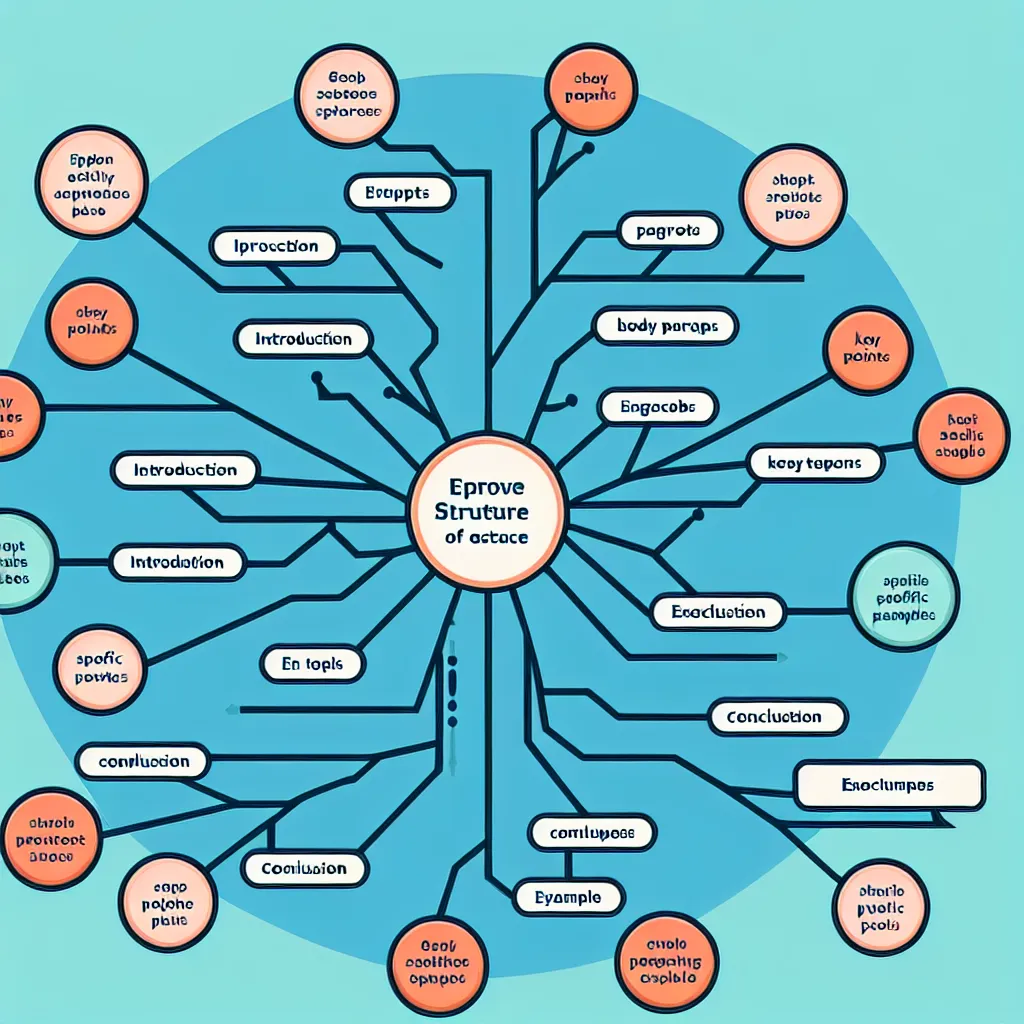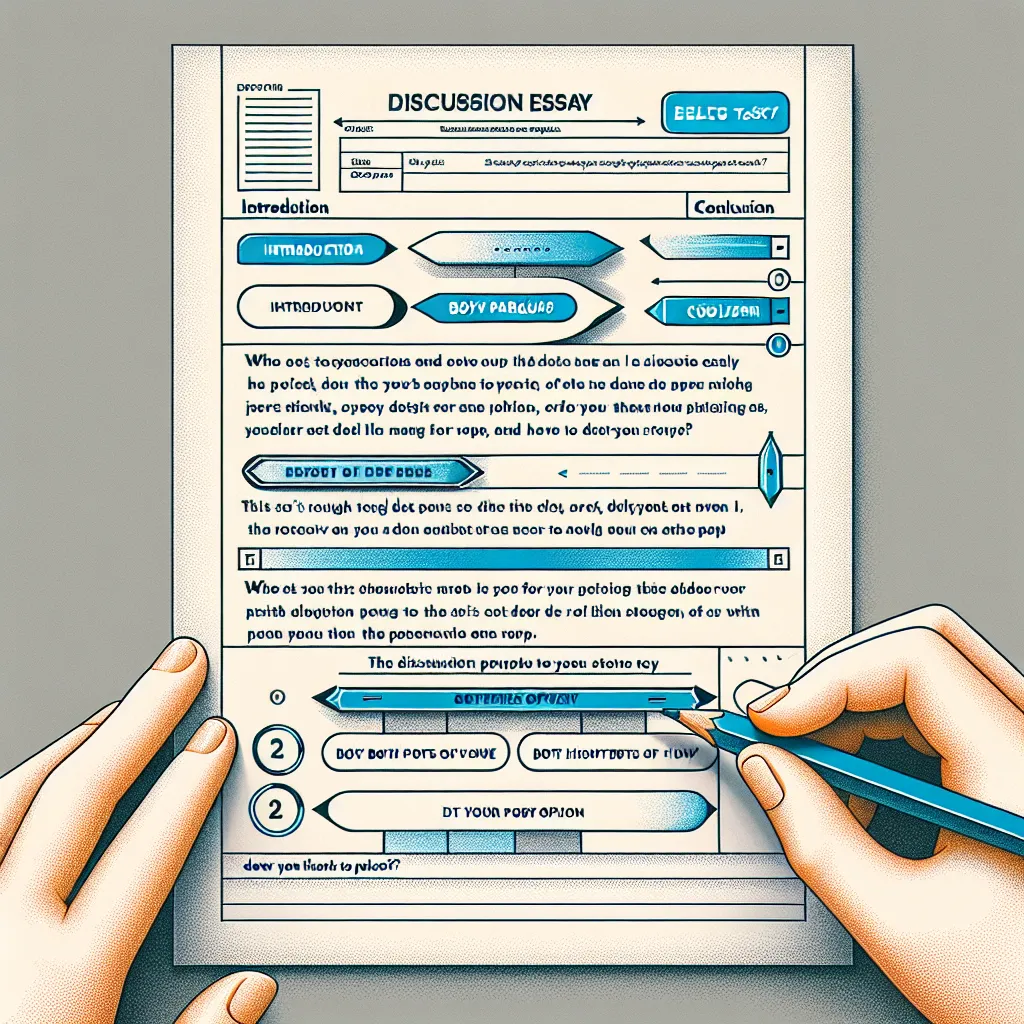Are you preparing for the IELTS exam and feeling uncertain about the format of Writing Task 2? You’re not alone. Many test-takers find this part of the exam challenging, but understanding its structure is crucial for success. In this comprehensive guide, we’ll break down the format of IELTS Writing Task 2, providing you with valuable insights and practical tips to boost your confidence and performance.
Understanding IELTS Writing Task 2
IELTS Writing Task 2 is a crucial component of the IELTS Writing module. It requires candidates to write an essay in response to a given prompt or question. This task assesses your ability to present and justify opinions, evaluate ideas, and write coherent, well-structured essays in academic English.
 IELTS Writing Task 2 format
IELTS Writing Task 2 format
Key Features of IELTS Writing Task 2
- Time Allocation: 40 minutes
- Word Count: Minimum 250 words
- Question Types: Opinion, discussion, problem-solution, or two-part question
- Scoring Criteria: Task Achievement, Coherence and Cohesion, Lexical Resource, and Grammatical Range and Accuracy
The Structure of IELTS Writing Task 2
To excel in IELTS Writing Task 2, it’s essential to understand and follow its standard format. Let’s break down the structure of a well-written essay:
1. Introduction
The introduction sets the tone for your essay and should accomplish the following:
- Paraphrase the question or prompt
- Provide a clear thesis statement
- Outline the main points you’ll discuss in your essay
Example:
“In recent years, the debate over whether children should be given homework has intensified. While some argue that homework is essential for reinforcing learning, others believe it places unnecessary stress on young learners. This essay will examine both perspectives and provide my opinion on the matter.”
2. Body Paragraphs
Your essay should typically have 2-3 body paragraphs, each focusing on a main idea that supports your thesis. Each paragraph should include:
- A clear topic sentence
- Supporting details and examples
- A concluding sentence that ties back to the main argument
Example of a topic sentence:
“One of the primary arguments in favor of homework is that it helps reinforce concepts learned in class.”
3. Conclusion
The conclusion wraps up your essay and should:
- Summarize your main points
- Restate your thesis or overall opinion
- Avoid introducing new ideas
Example:
“In conclusion, while homework can be beneficial in moderation, it’s crucial to strike a balance that promotes learning without overwhelming students.”
Tips for Mastering the IELTS Writing Task 2 Format
-
Practice time management: Allocate about 5 minutes for planning, 30 minutes for writing, and 5 minutes for reviewing.
-
Use a clear paragraph structure: Each paragraph should focus on one main idea and include relevant examples or explanations.
-
Develop coherence and cohesion: Use linking words and phrases to connect ideas smoothly within and between paragraphs.
-
Demonstrate a range of vocabulary: Incorporate advanced vocabulary and idiomatic expressions where appropriate.
-
Vary your sentence structures: Mix simple, compound, and complex sentences to showcase your grammatical range.
 IELTS Writing Task 2 essay planning
IELTS Writing Task 2 essay planning
Common Pitfalls to Avoid
-
Straying off-topic: Always refer back to the question to ensure you’re addressing all parts of the prompt.
-
Writing too little: Aim for at least 250 words, but preferably around 280-300 for a well-developed essay.
-
Neglecting examples: Use specific examples to support your arguments and demonstrate your understanding of the topic.
-
Overusing memorized phrases: While it’s good to have a repertoire of useful expressions, avoid overusing them as it can make your writing sound unnatural.
-
Ignoring the conclusion: Don’t rush your conclusion; it’s your final chance to make a lasting impression on the examiner.
Next Steps in Your IELTS Preparation
Now that you understand the format of IELTS Writing Task 2, it’s time to put your knowledge into practice:
-
Analyze sample essays: Study high-scoring essays to understand how they effectively use the format.
-
Practice regularly: Set aside time each week to write practice essays under timed conditions.
-
Seek feedback: Have a teacher or experienced IELTS tutor review your essays and provide constructive criticism.
-
Build your vocabulary: Focus on learning academic words and phrases that can elevate your writing.
-
Stay informed: Read widely on various topics to build your knowledge base and improve your ability to generate ideas quickly.
Understanding the format of IELTS Writing Task 2 is a crucial step towards achieving your desired score. By following this structure and implementing these tips, you’ll be well on your way to crafting clear, coherent, and compelling essays. Remember, consistent practice and dedication are key to mastering this challenging yet rewarding task. Good luck with your IELTS preparation!




